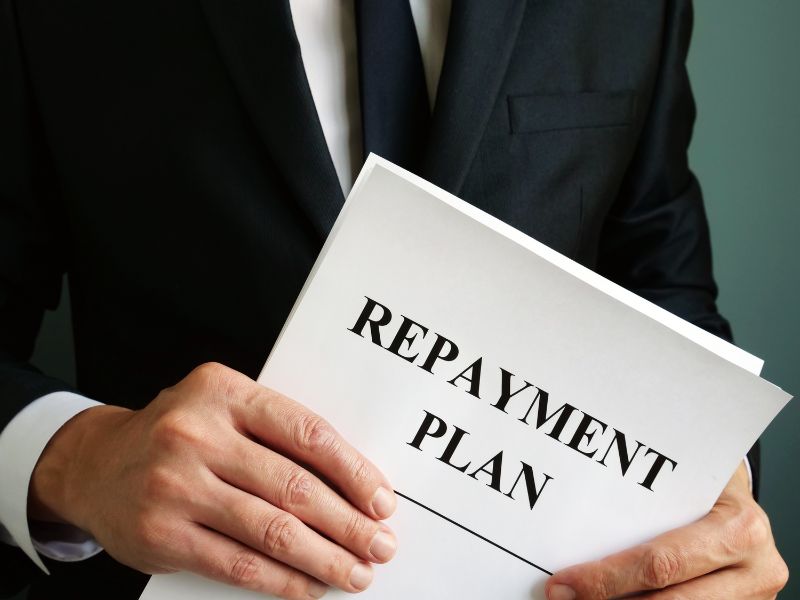Understanding, Avoiding, and Mitigating Early Mortgage Repayment Fees
 Mortgage prepayment penalties are fees charged by lenders when borrowers pay off their mortgages before the agreed-upon term. These penalties are designed to compensate lenders for potential lost interest income and can significantly impact borrowers who want to pay off their mortgages early. Here’s what borrowers should watch out for and how to avoid or mitigate prepayment penalties:
Mortgage prepayment penalties are fees charged by lenders when borrowers pay off their mortgages before the agreed-upon term. These penalties are designed to compensate lenders for potential lost interest income and can significantly impact borrowers who want to pay off their mortgages early. Here’s what borrowers should watch out for and how to avoid or mitigate prepayment penalties:
Understand the Terms of Your Mortgage Agreement:
Before signing any mortgage agreement, carefully review the terms and conditions related to prepayment. Look for information about prepayment penalties, including how they are calculated and under what circumstances they may apply.
There are generally two types of prepayment penalties called hard prepayment penalties and soft prepayment penalties.
Hard Prepayment Penalties:
These are fixed fees and are typically expressed as a percentage of the loan amount. They are charged regardless of the reason for prepayment.
Soft Prepayment Penalties:
These are more flexible and may only be charged if the borrower pays off a significant portion of the loan within a certain period, such as the first few years of the loan term.
Negotiate Terms Before Signing: If possible, negotiate the terms of your mortgage before signing the agreement. Some lenders may be willing to reduce or eliminate prepayment penalties, especially if you have a strong credit history and a good relationship with the lender.
Choose Mortgages with No Prepayment Penalties: Some mortgage products come with no prepayment penalties. If prepayment flexibility is essential to you, consider exploring mortgage options that explicitly state the absence of prepayment penalties.
Consider Refinancing: If you’re already in a mortgage with prepayment penalties and want to pay off your loan early, consider refinancing. By refinancing, you can secure a new mortgage without prepayment penalties, allowing you more flexibility in managing your loan.
Check State Regulations: Mortgage regulations vary by state, and some states may have restrictions on the types and amounts of prepayment penalties that lenders can impose. Familiarize yourself with the regulations in your state to understand your rights as a borrower.
Seek Legal Advice: If you’re unsure about the terms of your mortgage or believe that prepayment penalties are unfair, consider seeking legal advice. An attorney with expertise in real estate law can review your mortgage agreement and provide guidance on the best course of action.
Review Loan Estimates and Closing Documents: Before closing on a mortgage, carefully review the loan estimates and closing documents. Ensure that the terms you discussed with the lender are accurately reflected in the final documents.
Understanding the terms of your mortgage and taking proactive steps to mitigate prepayment penalties can save you money and provide greater flexibility in managing your finances. Always consult with financial and legal professionals to ensure you make informed decisions based on your specific situation.
 Choosing the right mortgage term is a critical decision when purchasing a home. The two most common options are 15-year and 30-year mortgage terms. Let’s compare the advantages and disadvantages of each to help you make an informed decision:
Choosing the right mortgage term is a critical decision when purchasing a home. The two most common options are 15-year and 30-year mortgage terms. Let’s compare the advantages and disadvantages of each to help you make an informed decision: A mortgage escrow account, also known simply as an escrow account, is a financial arrangement set up by a mortgage lender to manage and disburse certain payments related to the property on behalf of the homeowner. The purpose of an escrow account is to ensure that essential expenses, such as property taxes and homeowners’ insurance, are paid on time.
A mortgage escrow account, also known simply as an escrow account, is a financial arrangement set up by a mortgage lender to manage and disburse certain payments related to the property on behalf of the homeowner. The purpose of an escrow account is to ensure that essential expenses, such as property taxes and homeowners’ insurance, are paid on time.